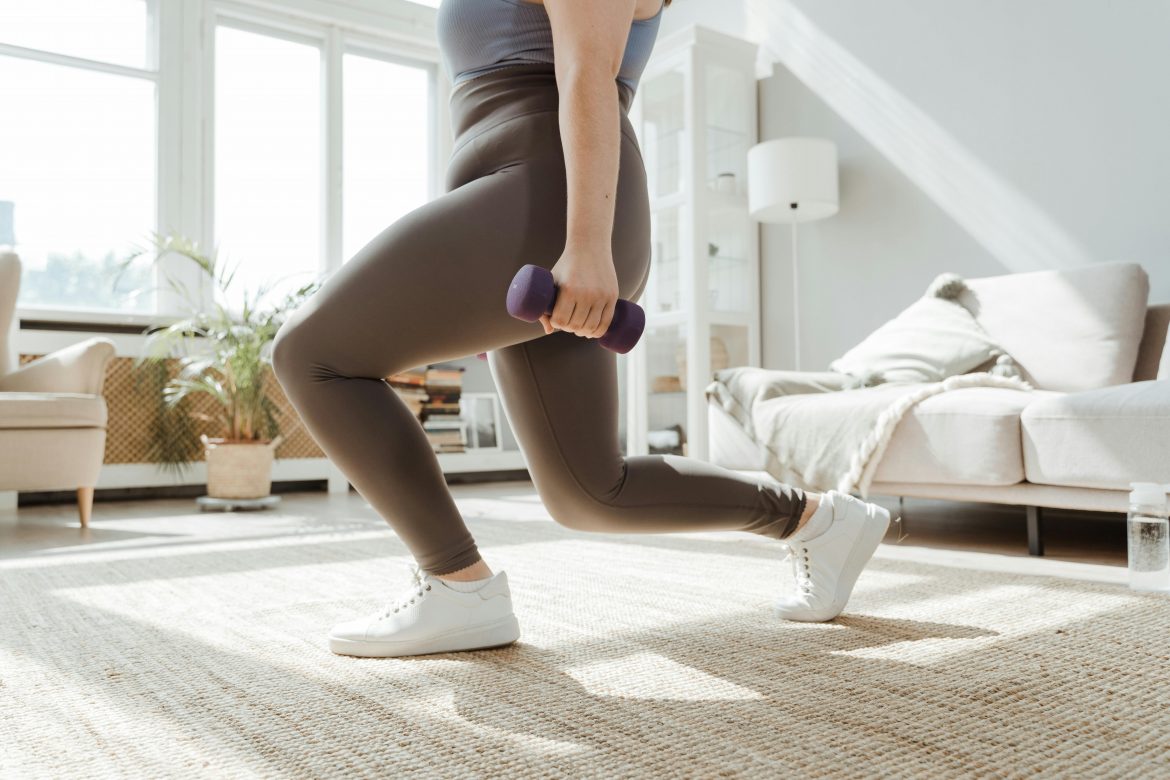Micro-workouts are convenient and time-friendly, but are they effective? Here’s all you need to consider.
ALSO SEE: 8 cardio exercises that are not running (and why your heart will thank you)
With demanding family responsibilities, career schedules and everyday stresses of life, it can feel impossible to sustain a fitness plan. This is where micro-workouts enter the picture, the idea being that any form of movement or exercise is better than none. They are usually short bursts of exercise of 2–10 minutes, and they have become popular. But are they effective or just another social media trend?
What are micro-workouts?
Whereas a 30-minute cardio session would focus on endurance, micro-workouts focus on intensity. The aim is that short intervals of intense exercise throughout the day add up to a bigger workout. Think a set of squats, or a power walk during lunchtime. Research shows that these mini sessions support cardiovascular health, muscle strength and mental wellbeing. A study in JAMA Oncology even found that five minutes a day of vigorous intermittent lifestyle physical activity is associated with a substantially lower cancer risk.
The benefits
What makes them popular is that they are accessible. You do not have to let your gym membership go unused because you do not have time to go. By doing micro sessions, you are not rearranging your whole schedule. This approach is especially useful for those balancing work and family, or for phases when energy is low. It challenges the idea that exercise has to be time-consuming and intense to be worthwhile.
What to consider
Micro-workouts are not a complete replacement for longer sessions. While it is helpful to fit in a set of squats or a quick power walk, these do not cover everything a longer jog or structured session provides, as different goals require different training. Consider your aims: do you want to build muscle or improve endurance? Traditional workouts train the heart and lungs in ways that micro-workouts cannot. Many coaches recommend anchoring the day with a single 30- to 45-minute workout when possible, as too many intense bursts can feel draining.
How to incorporate
Work movement into anchors you already have. Do squats or calf raises while brushing your teeth, and add a gentle stretch break every hour for three to five minutes. Choose stairs over lifts whenever you can, and try a short guided workout video of seven to ten minutes to round off the day.
At the end of the day, micro-workouts are useful for beginners and busy schedules because they promote daily movement. They encourage consistency and make exercise feel doable. As your endurance and fitness improve, adjust your routine to include longer sessions. The goal is simple: keep moving and feel the benefits of a regular habit.
ALSO SEE:

